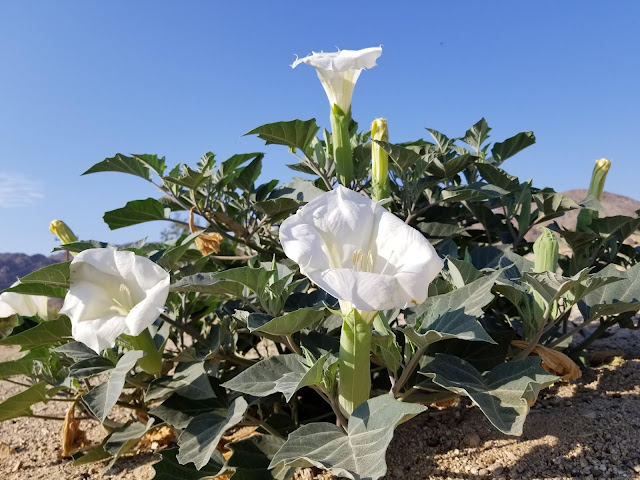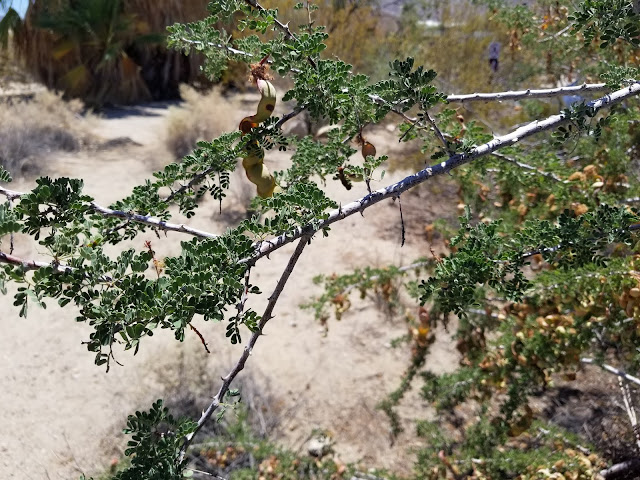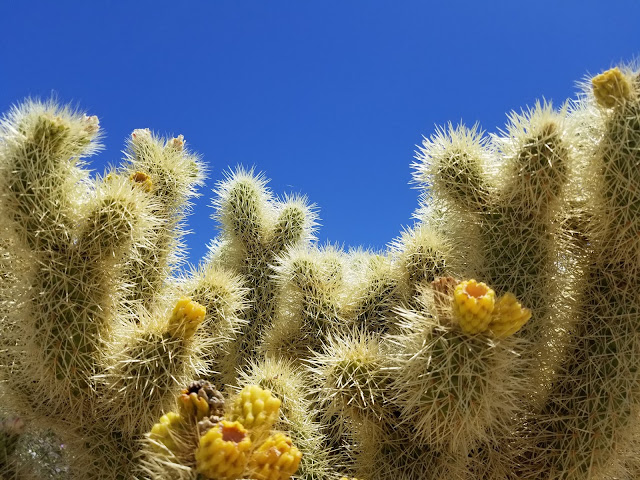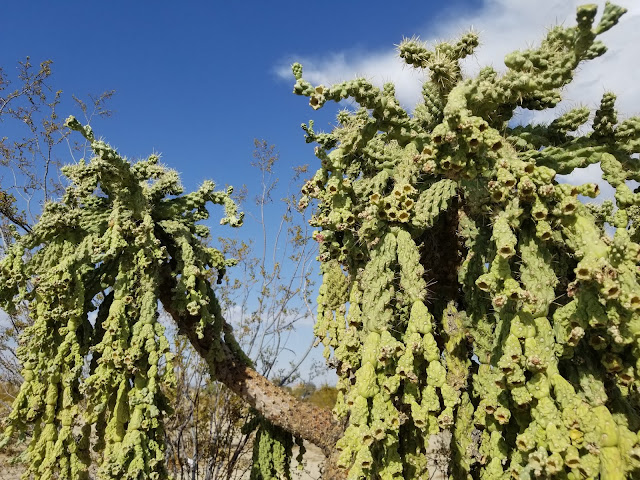Botanical Name: Datura Wrightii
Common Names: Sacred Datura
Alternate Botanical Names: n/a
Visual Characteristics: Small yet distinct, this low growing dweller of ditches, slopes, roadsides and other areas where the soil has been somewhat displaced, lives longer than two years, or referred to as perennial. Its dark green pointy tipped leaves are more dense and lush than average desert plants, with blooming apexes of captivating white flowers, often accented by purple or red. They open during later hours and produce a very pleasing fragrance, most have closed by the time the sun is overhead. Some of the prettiest, most widely occuring plants are also the deadliest and Sacred Datura is an important example.
Common Names: Sacred Datura
Alternate Botanical Names: n/a
Visual Characteristics: Small yet distinct, this low growing dweller of ditches, slopes, roadsides and other areas where the soil has been somewhat displaced, lives longer than two years, or referred to as perennial. Its dark green pointy tipped leaves are more dense and lush than average desert plants, with blooming apexes of captivating white flowers, often accented by purple or red. They open during later hours and produce a very pleasing fragrance, most have closed by the time the sun is overhead. Some of the prettiest, most widely occuring plants are also the deadliest and Sacred Datura is an important example.
Native To 29 Palms: Yes
Native To Adjacent Regions: Yes
Native To Adjacent Regions: Yes
Occurance In Neighborhoods: Common
Occurance In Rural Areas: Common
Use by Indigenous Cultures: An abundance of information exists which suggest a notorious tradition of feeding an always hallucinogenic, sometines lethal Sacred Datura broth during spiritual ceremonies.
Use by Indigenous Cultures: An abundance of information exists which suggest a notorious tradition of feeding an always hallucinogenic, sometines lethal Sacred Datura broth during spiritual ceremonies.
Sentiments: Flares full of white and gleaming so bright, still do they shine by sublime of the night, woe to the few who drink from her dew, you die or you fly if your lip sip this brew, hewn from the heavens drips spilling so humble, touch it or clutch it you mumble and stumble.



















































